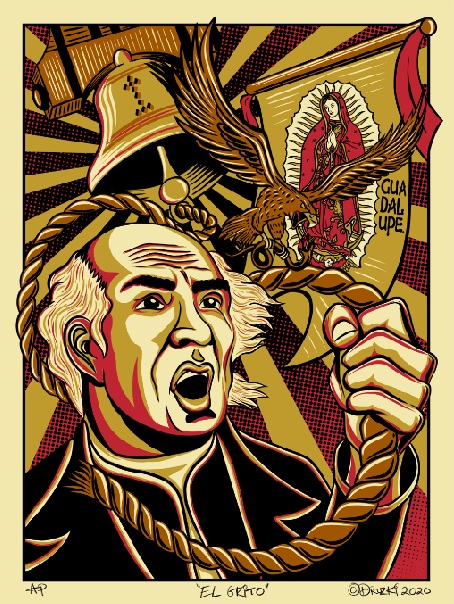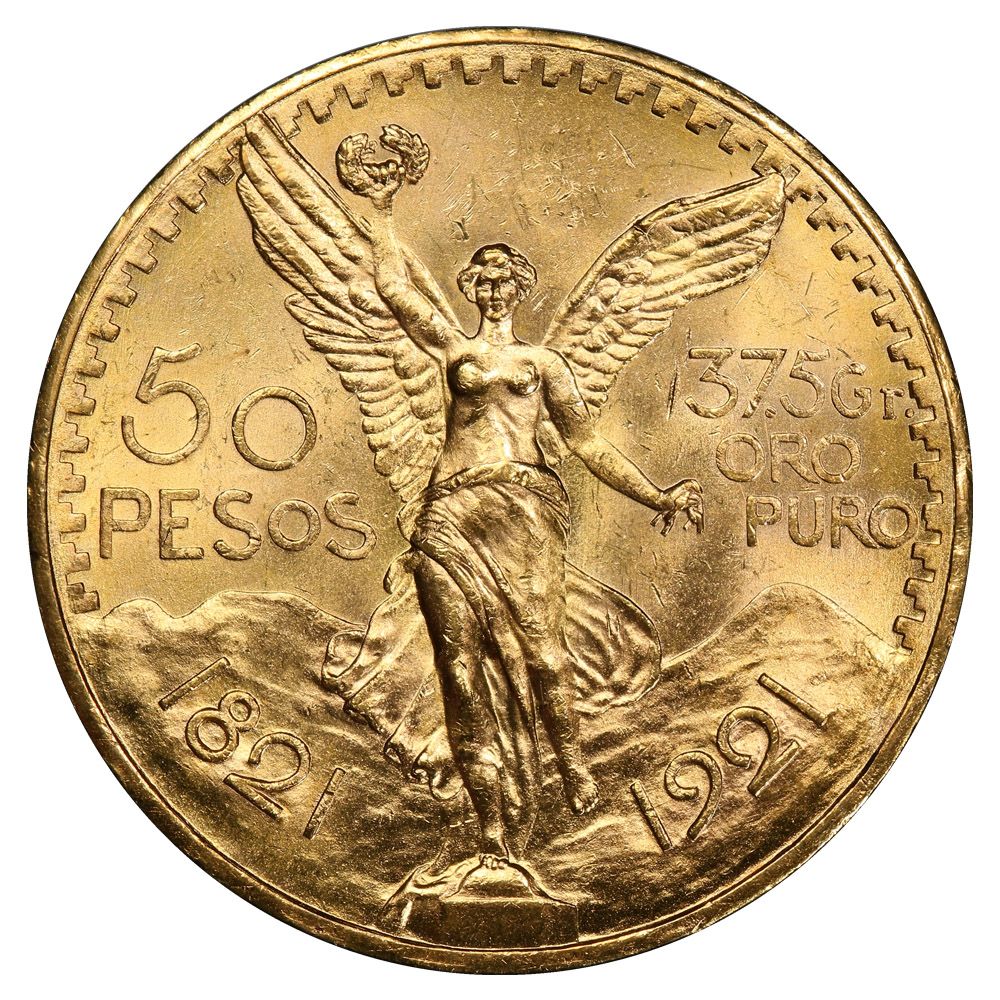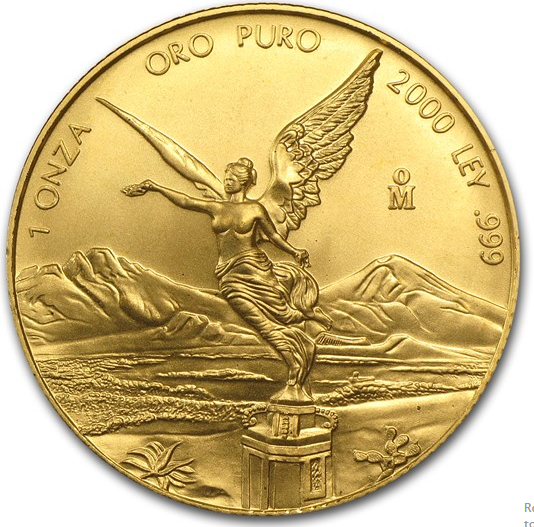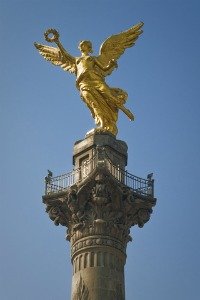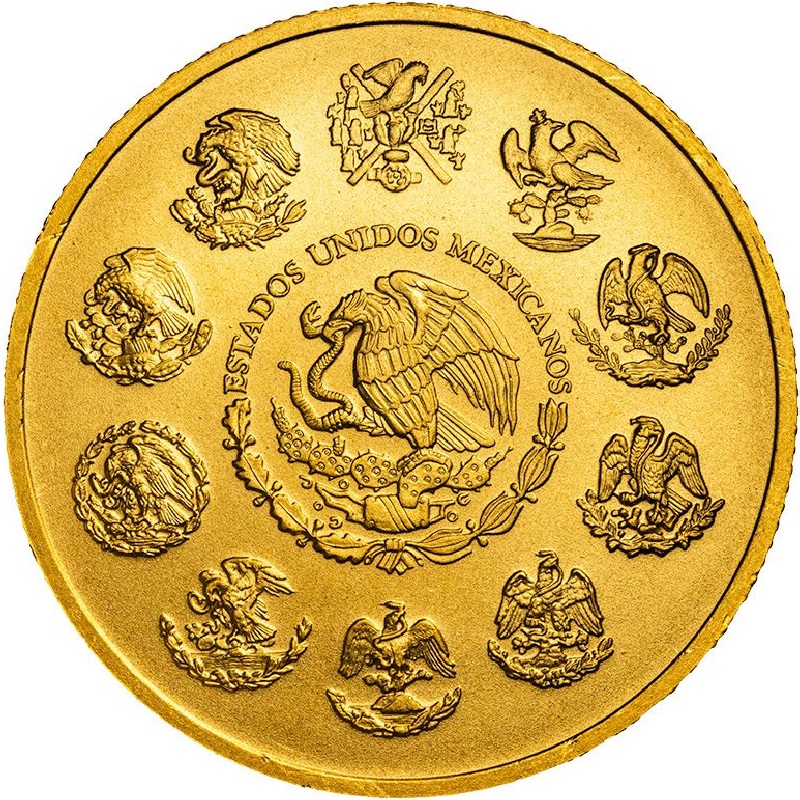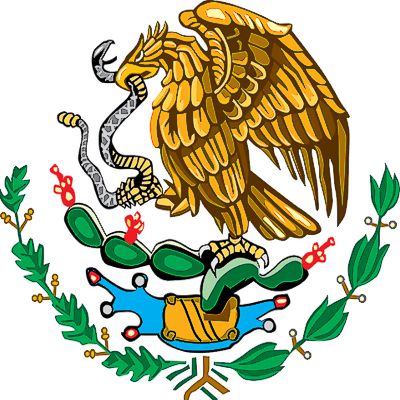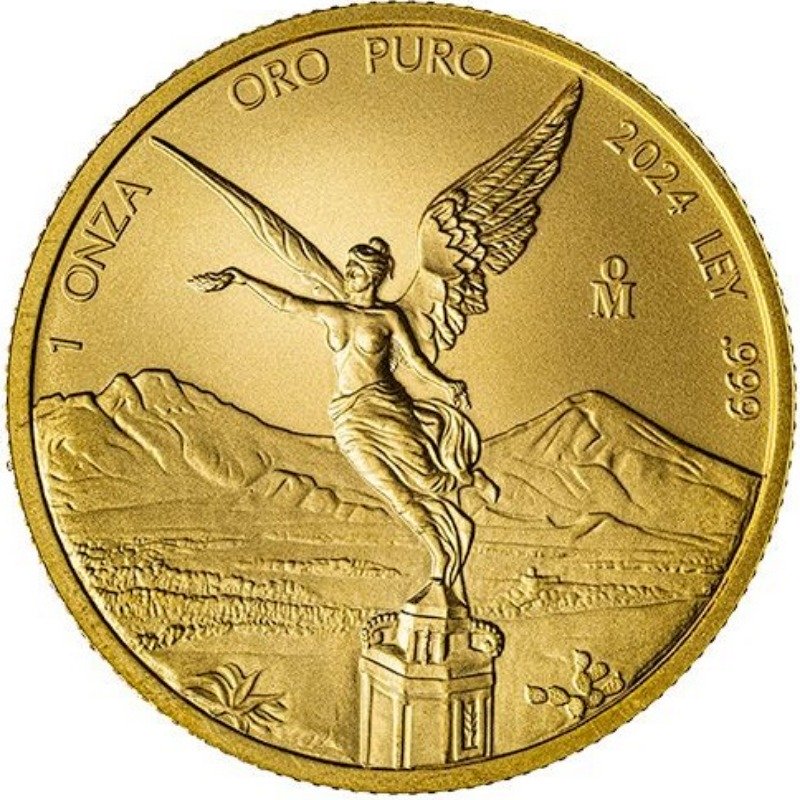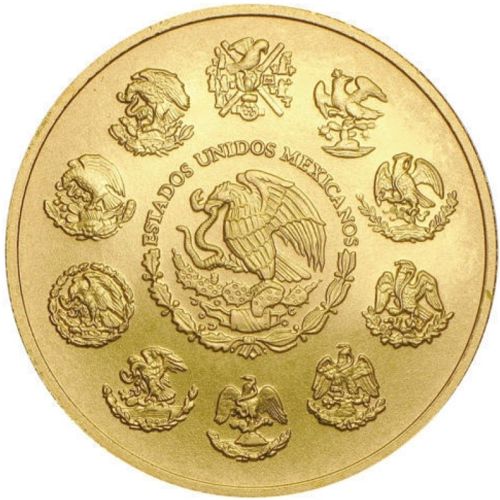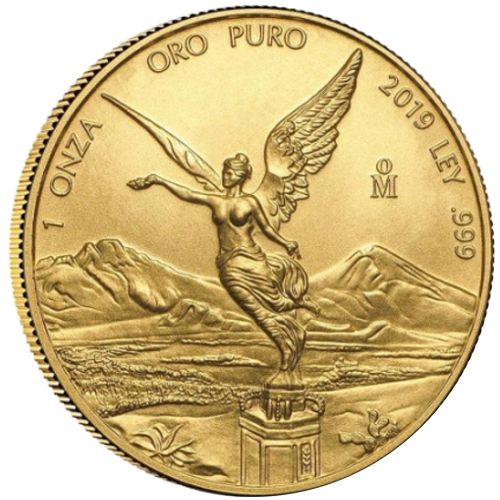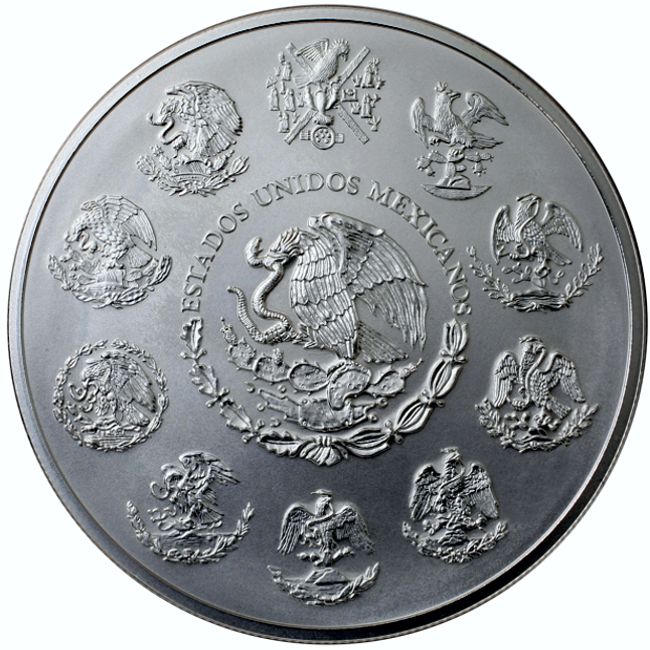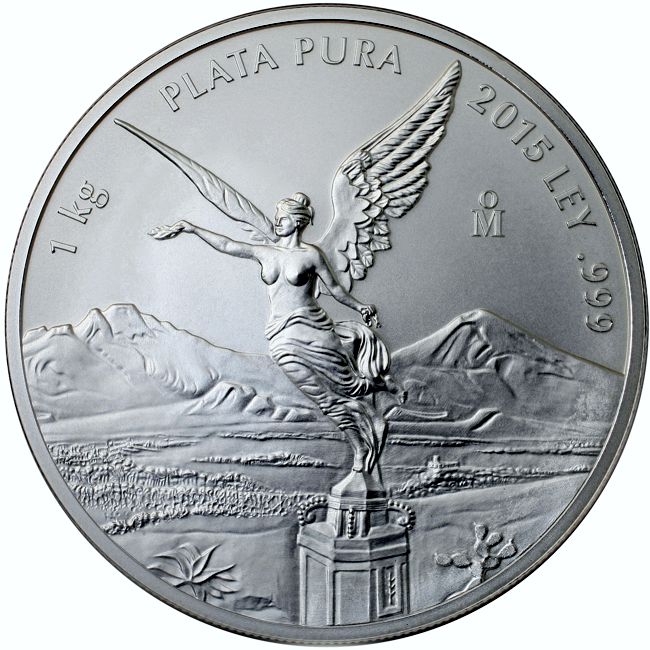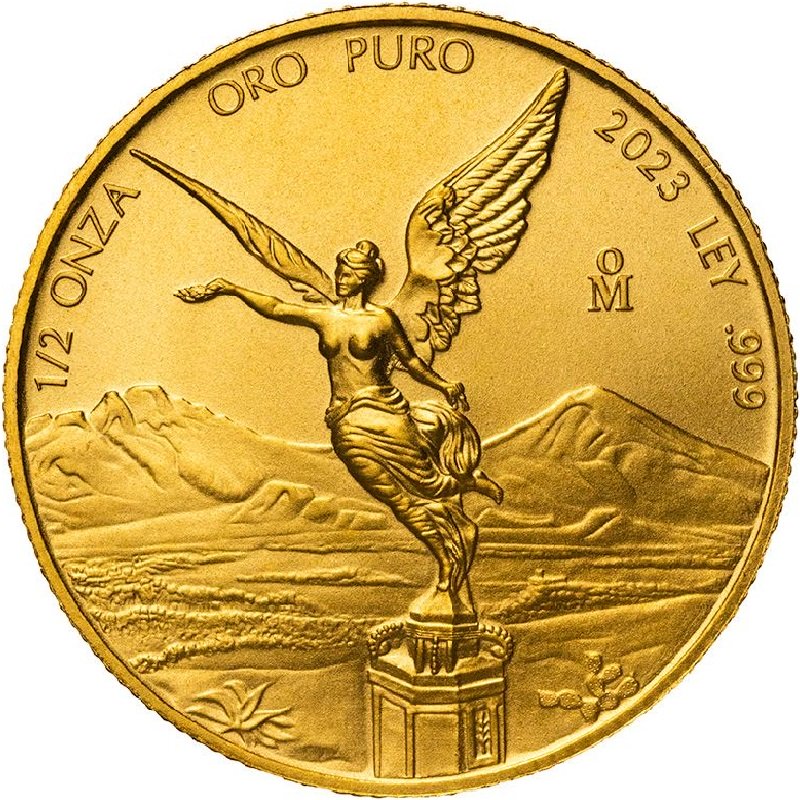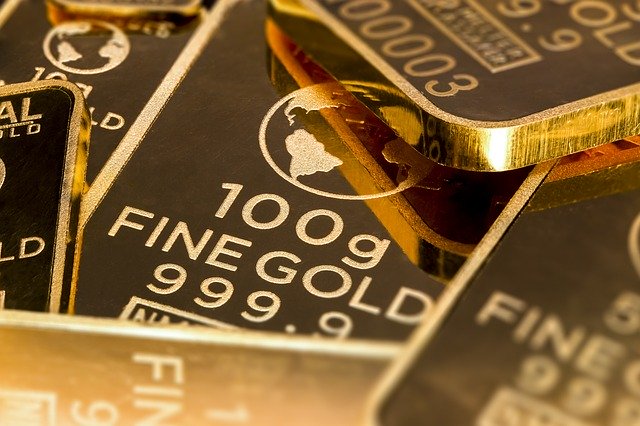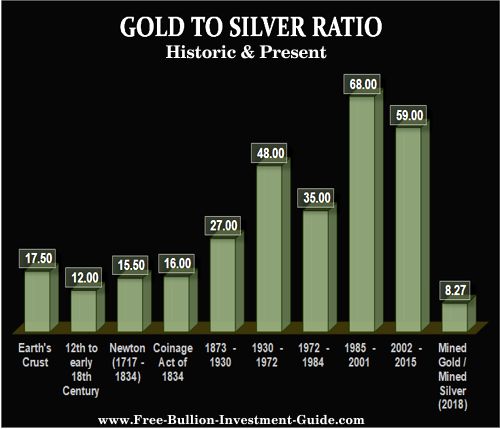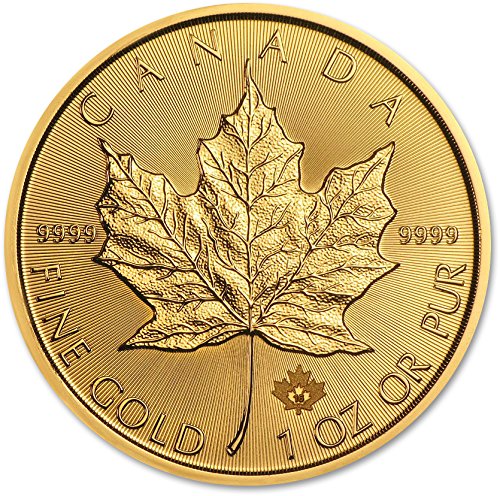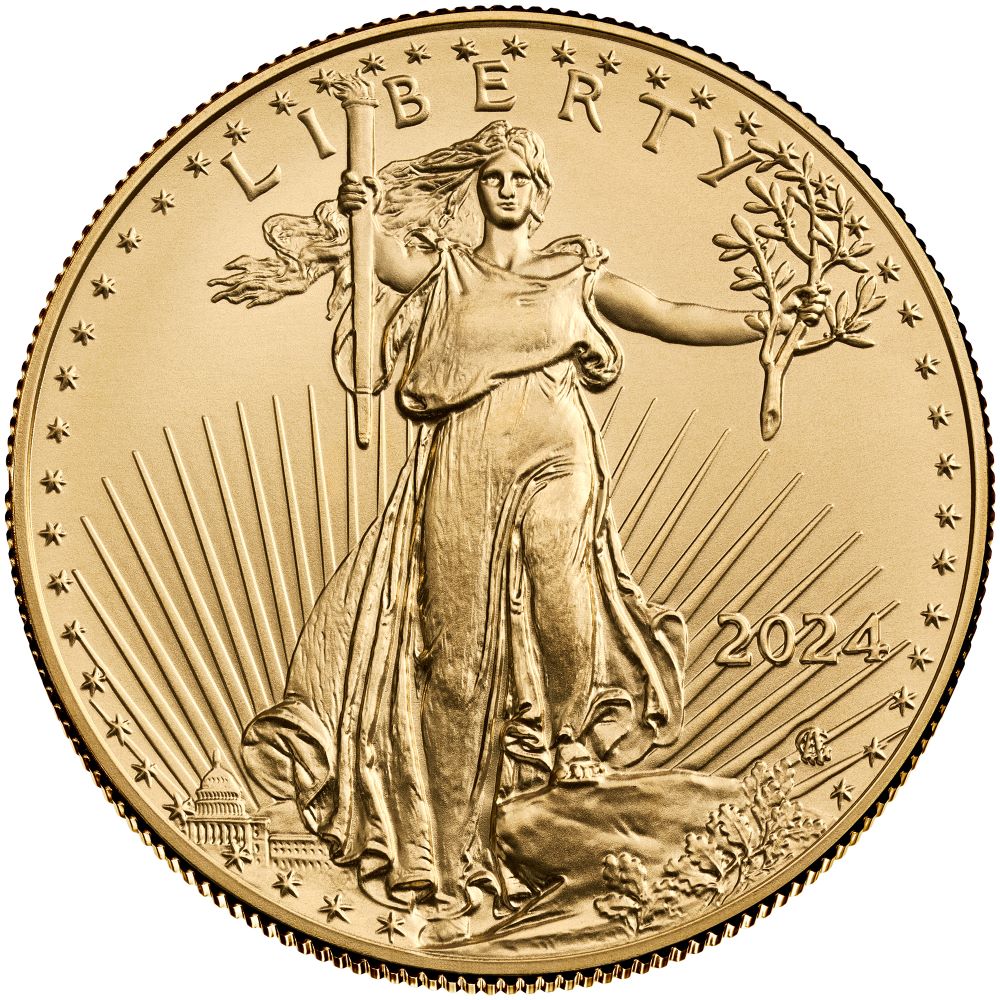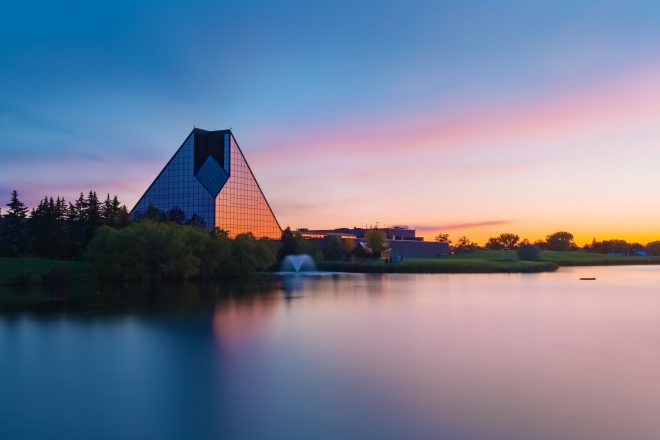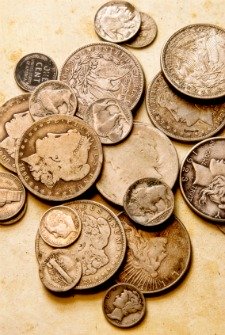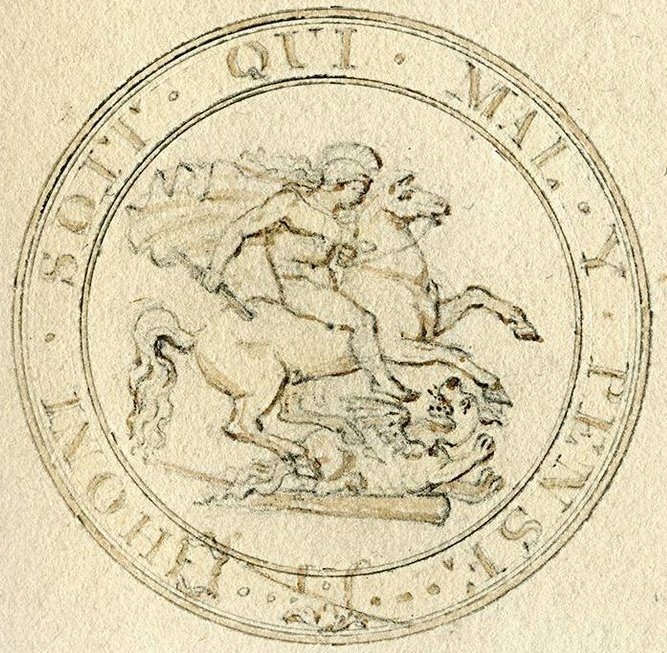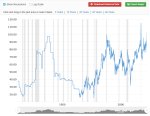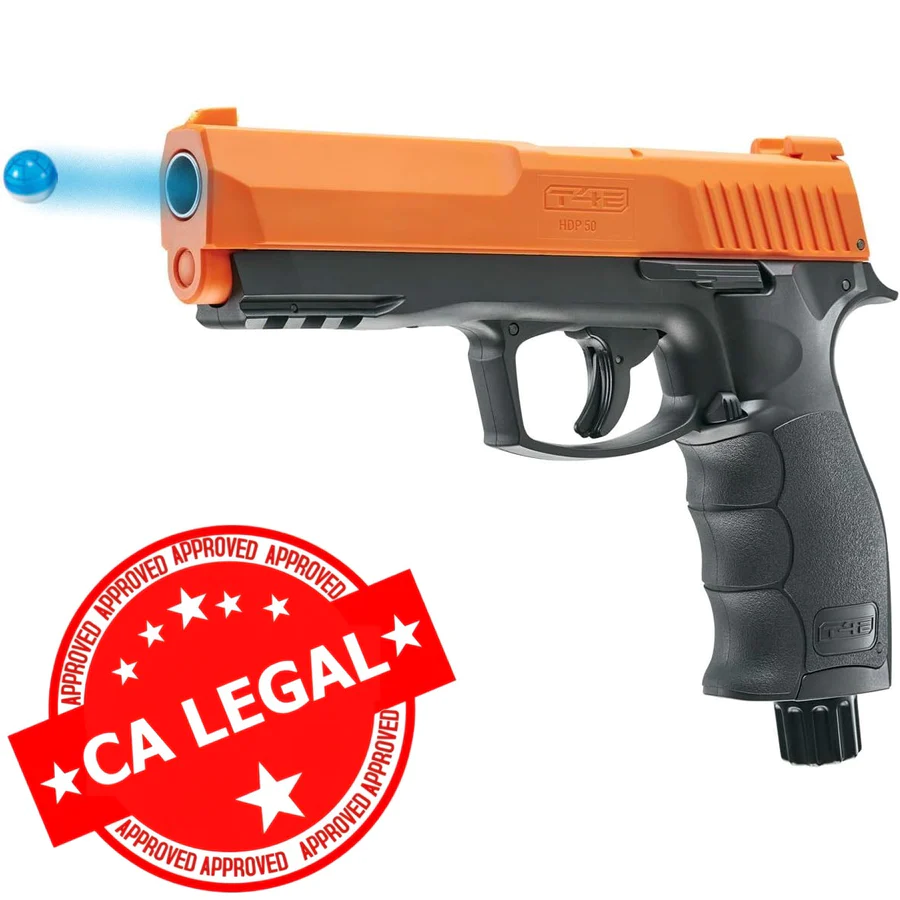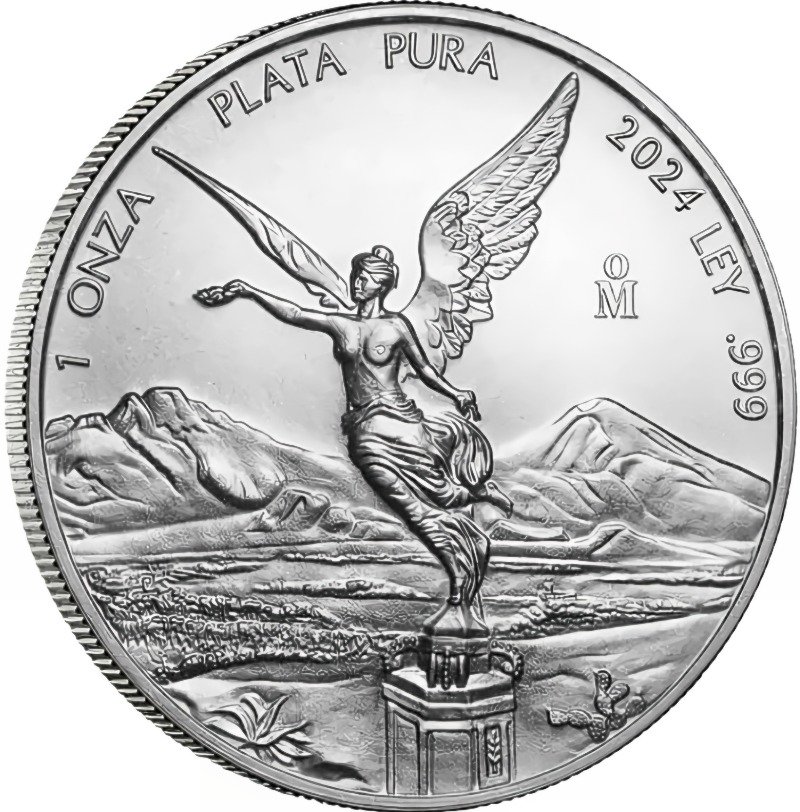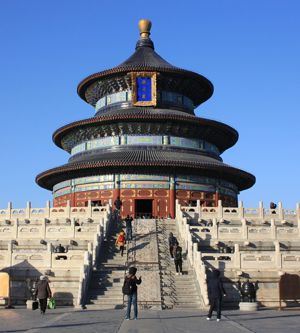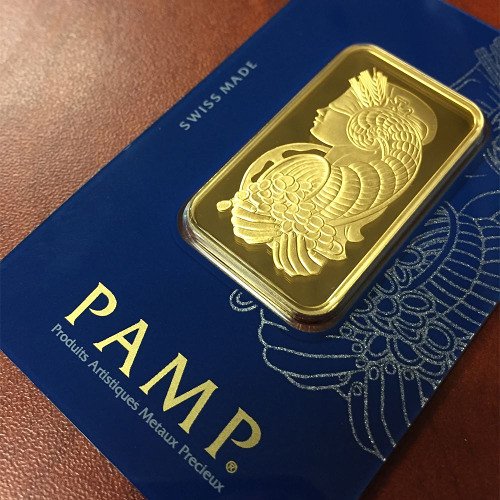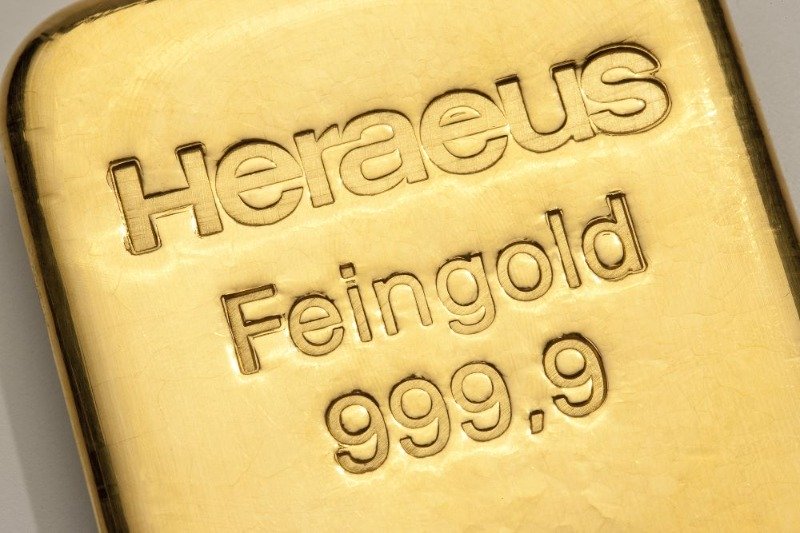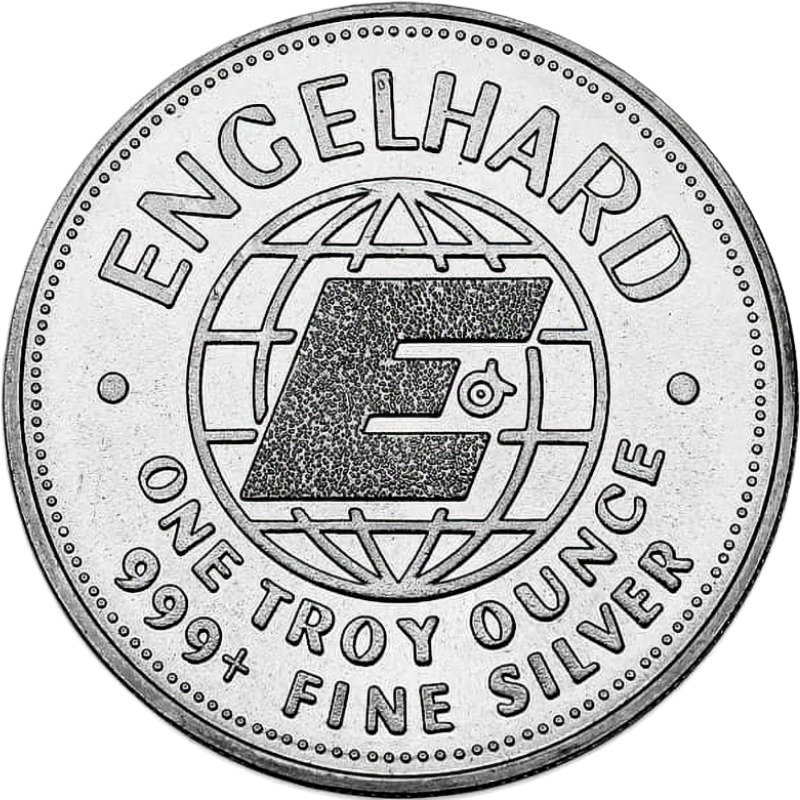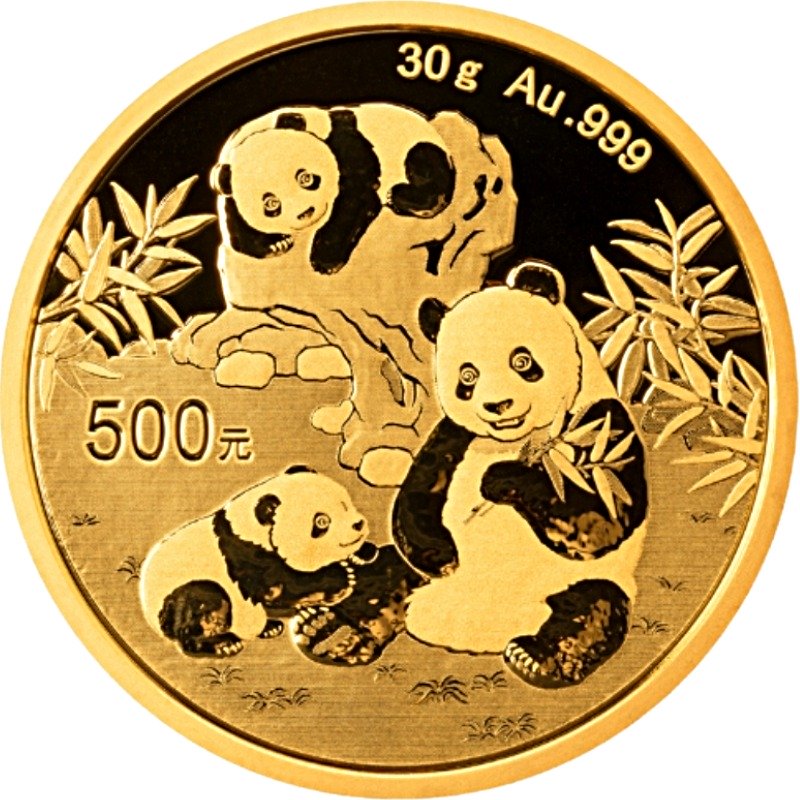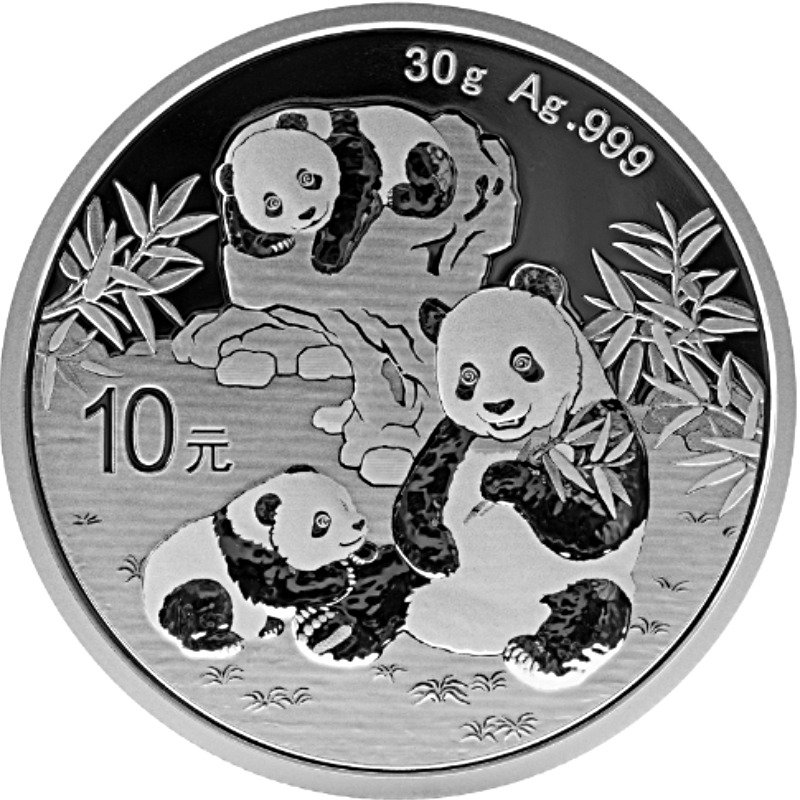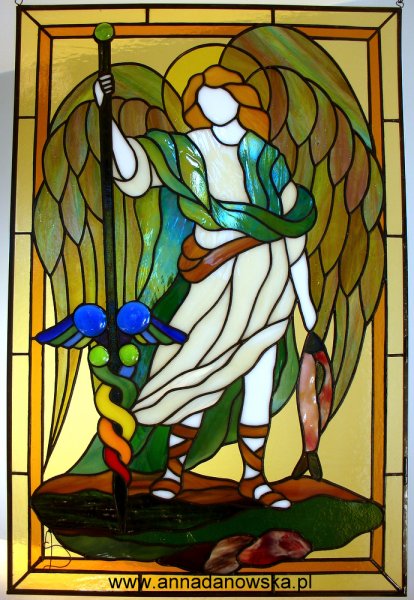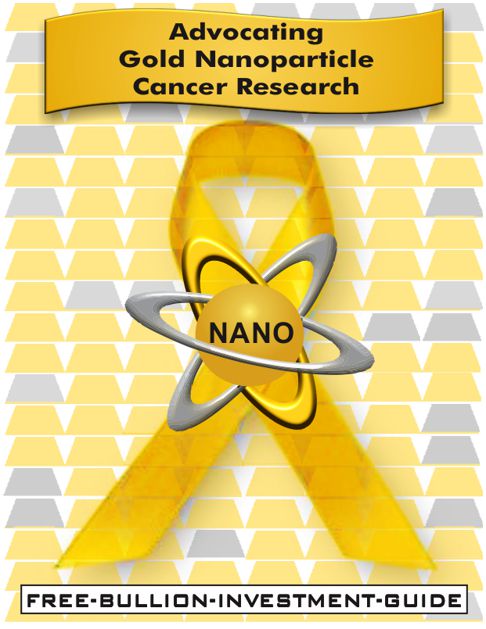Homepage / Bullion Coins: Mexican Libertads / 1 oz. Mexican Gold Libertad
Last Updated on 03/09/2025
1 oz. Mexican Gold Libertad
Libertad in English means "Freedom."
The Libertad is a symbol of Mexico's Independence; Mexico won its independence from Spain on August 24th, 1821.
However, this is not the date of its celebrated "Independence Day," that date is September 16th.
On September 16th, 1810, Miguel Hidalgo y Costilla, a Catholic priest, started the Mexican War of Independence when he gave his famous speech 'Grito de Dolores' or 'Cry of Delores,' named after the town in Guanajuato where it took place.
He rang the bell of his church to get the town's attention, and he called on the people to rise against their Spanish-European occupiers.
Note: Outside of Mexico, 'Cinco de Mayo' is frequently misinterpreted as Mexico's Independence Day, which it isn't. "Cinco de Mayo" is Spanish for the "5th of May." In Mexico, that day commemorates the Mexican victory over French forces at the Battle of Puebla on May 5, 1862.
from one of our Reputable Dealers
The History of
the Gold Libertad
In 1981, Banco de Mexico introduced the Mexican Gold Libertad and the Mexican Mint began production of the 1 oz, 1/2 oz, and 1/4 oz Gold Libertads.
There is little information about Gold Libertad's first ten years of production; mintage figures are only available for its first year of minting.
Gold Libertads are made of 999 fine gold and minted in the following sizes: 1/20 oz, 1/10 oz, 1/4 oz, 1/2 oz, and one troy ounce.
In 1991, the Mexican Mint added the 1/10 oz and 1/20 oz Gold Libertads to the bullion series.
From 1981 through 1994, the Gold Libertad Onza portrayed the same design as the Centenario 'Winged Victory' Angel taken from Mexico's 50-peso gold bullion coin (pictured above right).
There were no Libertads minted from 1995 to 1999.
The Mexican Mint resumed the production of the 1oz. Gold Libertad in 2000, stopped in 2001 and 2002, then in 2003, they resumed minting the Libertad, and have without interruption.
The Libertad's New Design
In 2000, due to the high demand for gold, the Mexican Mint started to mint the Gold Libertad again, but this time with a new design.
The reverse side's new design displayed a different "Winged Victory" Angel from the ONZA; this gave the Gold Libertad the same reverse design as the Silver Libertads.
Since the year 2000, the Mexican Mint has minted the '1oz.' Gold Libertads, every year, without interruption.
The Angel of Independence
El Angel was built in 1910 to commemorate the Centennial of the beginning of Mexico's War of Independence.
El Ángel de la Independencia, or The Angel of Independence, is the famous statue of Winged Victory located at the roundabout in the Paseo de la Reforma in downtown Mexico City.
The Angel of Independence is flying atop a victory column known as the "Independence Column or Columna de la Independencia."
"El Angel" is the name the statue is commonly known as.
She holds in her right hand a laurel crown, symbolizing Victory, and in her left hand, she holds a broken chain, symbolizing Freedom.
The Statue is solid bronze and covered in pure 24k gold; it weighs 7 tons.
The Angel of Independence is one of Mexico City's most recognizable landmarks.
Design of the
1 oz Mexican Gold Libertads
Obverse
The centerpiece of the obverse side of the Mexican Gold Libertad features the National Coat of Arms of Mexico.
The coat of arms depicts a Mexican Golden Eagle perched upon a cactus with a snake in its beak, the image symbolizes Tenochtitlan, the Aztec Capital, now Mexico City.
The wreath below the eagle is half oak leaves and half laurel leaves.
The laurel leaves represent victory, and the oak leaves commemorate those who have given their lives for Mexico.
Inscription:
- ESTADOS UNIDOS MEXICANOS (The Official Name for Mexico in Spanish)
Encircling the Eagle are ten various Coat of Arms used throughout Mexico’s history.
This version of the Mexican Coat of Arms has been used since 1968.
The edge on the 1 oz Gold Libertad is reeded.
Coin photo provided courtesy of SD Bullion
Reverse
The reverse side of the Mexican Gold Libertad features the "Winged Victory" Angel design.
The angel is towering above the volcanoes Popocatépetl and Iztaccihuatl, the volcano's names memorialize the legend of two Aztec lovers.
Inscriptions:
- 1 ONZA (one ounce)
- ORO PURO (gold pure)
- Year of Issue
- Ley (law)
- .999
- M under an O (the mint mark of the Mexican Mint)
Note: The 1 oz. Mexican Gold Libertad is legal tender, but it lacks a face value.
Coin photo provided courtesy of SD Bullion
Free Shipping on Orders $199+ | 5.0 star Customer Reviews
1 oz. Mexican Gold Libertad
Information:
Introduction:........1981
IRA approved:.......Yes
Grade:..................Uncirculated
Face Value:...........No
Gold Content:........1 Troy oz.
Total Weight:........31.11 grams
Purity:..................99.9% / 999 per mille
karat:...................24 karat
Diameter:.............34.00mm
Mint Mark:.............Yes
Edge:....................reeded
Buy
|
 |
BGASC - 4.8 star Customer Reviews Free Shipping on Orders $199 and up Mexico Gold Bullion coin page Free Shipping on Orders $199+ BBB - Customer Reviews Mexico Gold Bullion coin page Free Shipping on Orders $199+ Mexican Gold Bullion page Free Shipping on Orders $199+ America's Superstore offering Precious Metal Coins and Bars from Reputable Bullion Dealers Mexican Gold Libertad page Shipping prices vary by item |
Notice
- This site receives a commission when you purchase from the merchants above.
- No Personal Information is Obtained by this guide when you visit or order from any of the merchants above.
- See this guide's Affiliate Disclosure page for more information: here)
Free Shipping on Orders $199+ | 5.0 star Customer Reviews
1 oz. Mexican Gold Libertad
Mintage Figures
Year Mintage
1981....596,000
1991....109,193
1992....46,281
1993....73,881
1994....1,000
1995....0
1996....0
1997....0
1998....0
1999....0
2000....1,730
2001....0
2002....0
2003....1,000
2004....5,500
2005....2,000
2006....2,000
2007....2,500
2008....800
2009....6,200
2010....4,000
2011....3,000
2012....3,000
2013....2,350
2014....4,050
2015....4,800
2016....4,100
2017....900
2018....2,050
2019....2,000
2020....1,100
2021....1,050
2022....1,900
2023....1,500
2024....3,000
Other pages, on this Guide, you may like...
|
|
|
|
|
|
Mexican Gold Libertad
Gold Broker - Customer Reviews
OR
For Bullion Market News...
|
Support this Guide & Paypal Thank You for Your Support |
|
|
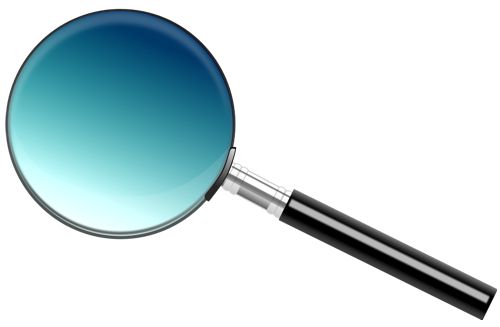 | |||||
Free Bullion Investment Guide
Keep this Guide Online
& Paypal
Thank You for
Your Support
Search the Guide
| search engine by freefind | advanced |
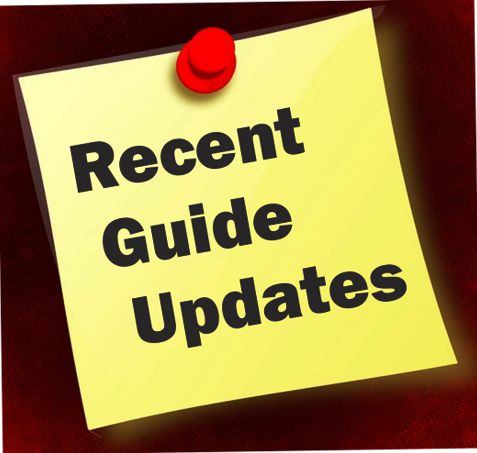
Daily
Newsletter
Mintages
for
2024
Gold & Silver Mexican Libertad
|
Gold Libertads |
Chinese Gold Coin Group Co.
& Chinese Bullion
2025
Gold & Silver Chinese Panda
|
Silver Panda |
Help Us Expand our Audience by forwarding our link
www.free-bullion-investment-guide.com.
Thank You!
March's

All Articles were Originally Posted on the Homepage
The Story Behind the Mexican Coat of Arms
In the early 1300s, an Aztec tribe
also known as the Mexica tribe, who had no homeland, wandered around the
northern areas of the country, known as Mesoamerica, in search of a
place to build their Empire.
As the legend goes, in 1323, the tribe's leader received a vision in a dream that they were to settle at the place where they saw an eagle with a snake in its beak, while perched at the top of a prickly pear cactus.
Two years later, the dream was fulfilled on a swampy island, in Lake Texcoco.
Scouts for the tribe found the eagle, snake, and cactus in the same fashion that the leader described to them, in his vision.
This is where the tribe settled and built the city of Tenochtitlan, (tuh·nowch·teet·laan) which became the center of the Aztec Empire.
Today, Tenochtitlan is Mexico City.
_______
Click Tenochtitlan Links to see a Portrait of Tenochtitlan in a 3-D reconstruction of the capital of the Aztec Empire and more.

SD Bullion - Customer Reviews - 4.8 stars
